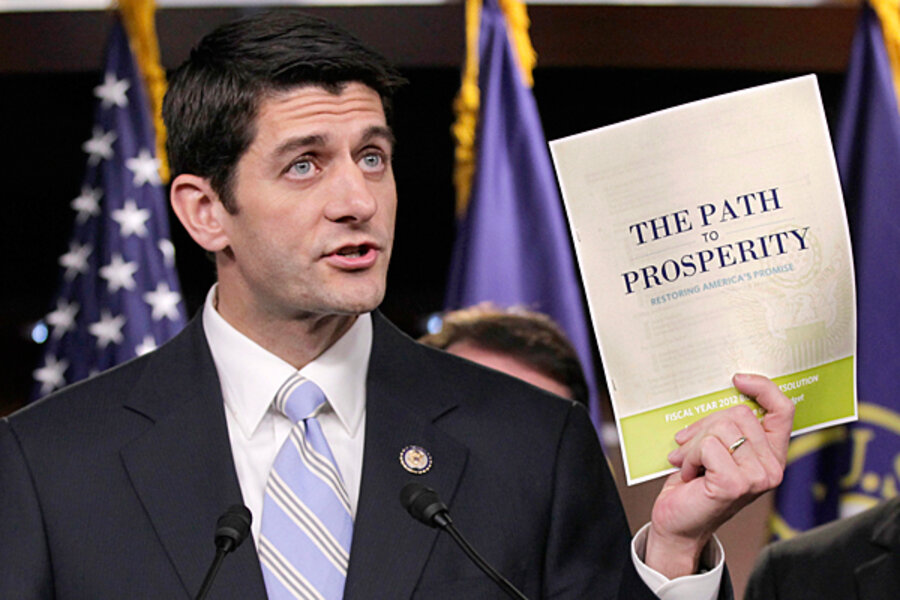Medicaid, which covers health-care costs for low-income Americans and certain other health-spending categories, is currently a joint federal-state responsibility. The Ryan budget would turn the federal government’s fiscal participation from an open-ended commitment into a defined block grant of cash.
These state-by-state block grants would be indexed to population growth and inflation. The change would save $810 billion over 10 years, under Ryan’s estimates.
According to Ryan, this move is necessary to save the program. “Absent reform, Medicaid will not be able to deliver on its promise to provide a sturdy health-care safety net for society’s most vulnerable,” reads Ryan’s “Path to Prosperity” budget summary.
Critics say Ryan’s path to reform would heavily damage the program. They point to CBO’s conclusion that cuts in federal Medicaid funding “would probably require states to reduce payments to providers, curtail eligibility for Medicaid, provide less extensive coverage to beneficiaries, or pay more themselves."






